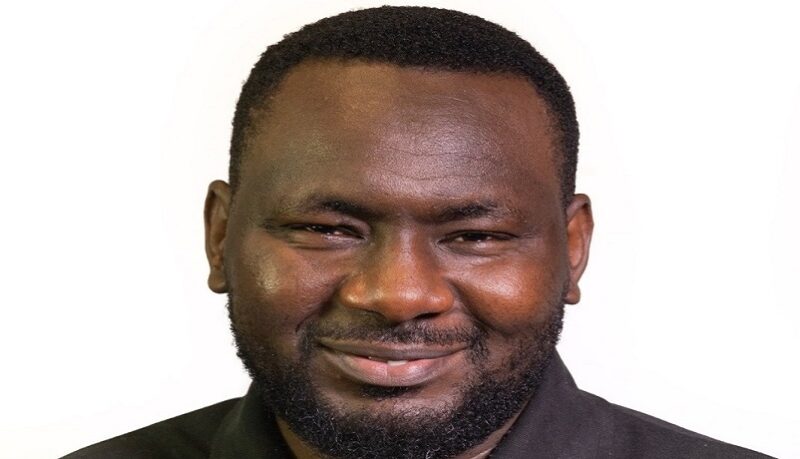By Oluwatosin Adelaja – Software Engineer and Technology Contributor
As Africa’s digital economy matures, startups are evolving from experimental apps to mission-critical infrastructure. Millions now rely on digital systems for banking, logistics, healthcare, and education. Yet many of these systems struggle under real-world conditions such as high traffic bursts, inconsistent internet, and fragmented data environments.
The challenge facing Africa’s next generation of engineers isn’t just building apps that work, it’s building systems that scale reliably in unpredictable conditions. This is not a question of cloud capacity but of architecture, observability, and design discipline.
Rethinking Scale in Emerging Contexts
In most global engineering playbooks, scalability assumes abundant bandwidth, stable cloud zones, and consistent user behaviour. African systems are different. Latency can vary, connectivity can be unreliable, and user behaviour often shifts from one region to another. True scalability here means designing for graceful degradation, not brute-force capacity. Engineers need to plan for regional resilience, ensuring that even when some parts of a system fail, others continue to function.

A practical approach includes implementing asynchronous messaging with lightweight brokers such as Kafka or NATS to decouple services. Non-critical operations can use eventual consistency to handle temporary disconnections. Caching at the edge using Redis clusters or service workers can also keep essential features responsive even when the backend slows down.
Observability Is Essential
Many teams in emerging markets treat observability as something to worry about later, once the product is stable. But stability is impossible without visibility. A scalable system requires constant introspection, a clear picture of what’s failing, where it’s happening, and why.
To achieve this, integrate tools such as OpenTelemetry or Jaeger early in the development process. Use structured logs that can be analysed and correlated with metrics across services. Adopt error budgets where uptime is treated as a resource to be spent wisely, not a vanity metric. Observability should become part of the engineering culture, not just a collection of tools.
Designing for Failure
Building systems that assume everything will work perfectly is a recipe for disaster. Engineers must design with failure in mind. Using circuit breakers helps isolate failing services so that healthy components continue running. Idempotent APIs allow safe retries without creating duplicate transactions. Compensating transactions can help maintain data integrity when a full rollback is not possible.
Designing for failure is not pessimism, it’s realism. Systems that plan for uncertainty tend to last longer and serve users better.
The Human Side of Scalability
Technology alone cannot guarantee scale. Teams must also invest in strong communication, documentation, and learning practices. Documentation should be treated as infrastructure, maintained and versioned just like code. Architecture decision records help teams understand why key technical choices were made. Blameless postmortems turn outages into opportunities for learning rather than blame.


In many startups, the real bottleneck is not the technology itself but the loss of shared knowledge. A culture that values openness and continuous learning builds systems that are far more resilient than those relying on individual expertise.
A Framework for Sustainable Scale
From these practices, a clear framework for sustainable scale emerges. First, design for regional resilience by adopting asynchronous and decoupled architectures. Second, integrate observability into your process from day one. Third, design systems that expect failure and can recover gracefully. Finally, treat documentation and knowledge sharing as critical parts of your infrastructure.
Scaling is not about adding more servers; it’s about adding stability. And stability comes from how engineers think, plan, and learn together.
Conclusion
Africa’s next decade of digital growth will depend on those who master the discipline of building sustainable, resilient systems. By designing for uncertainty, monitoring deeply, and sharing knowledge openly, engineers can strengthen both their products and the broader ecosystem. Resilient systems don’t just survive disruption, they allow others to thrive through it.
See also: Complete step-by-step guide to applying for student loan on NELFUND portal







